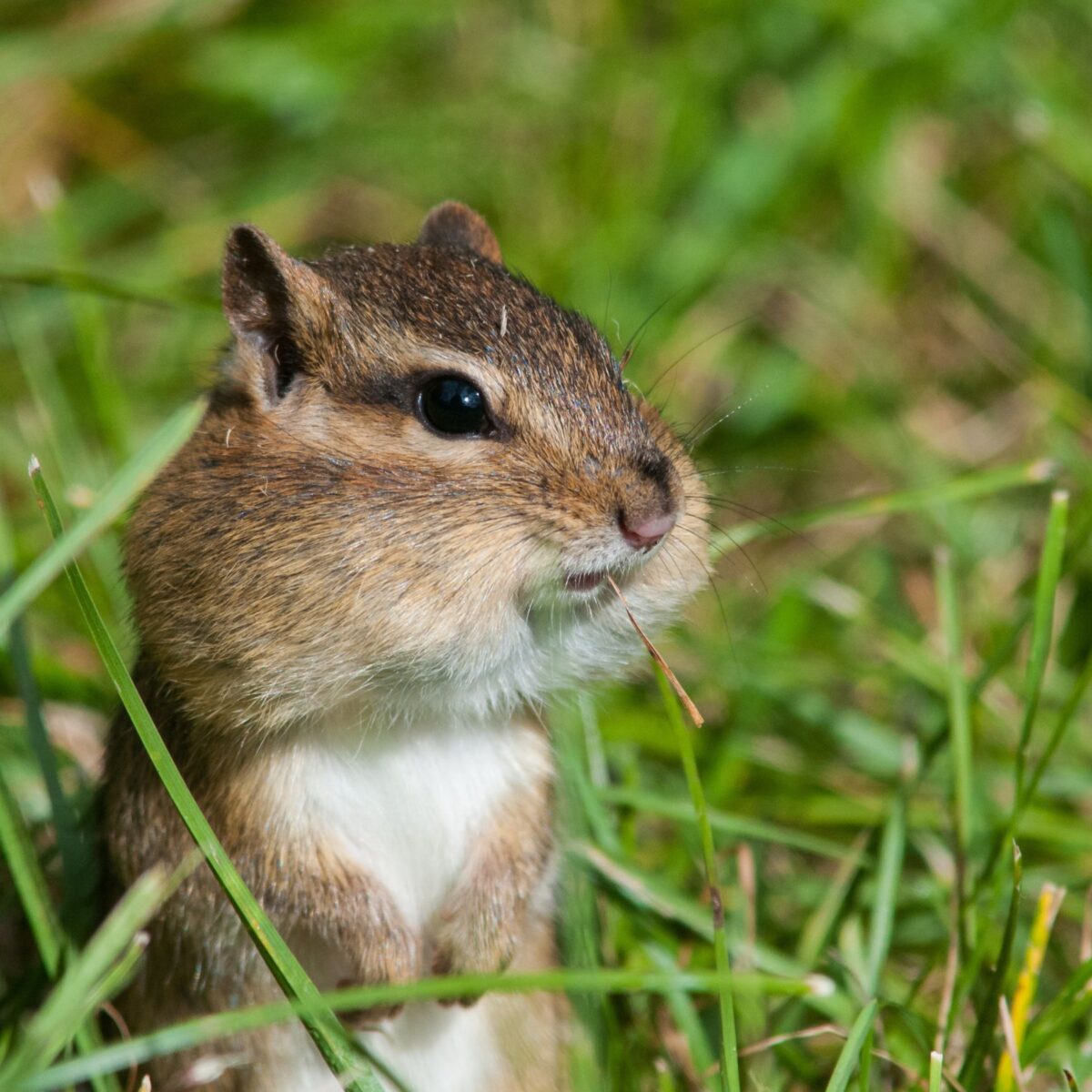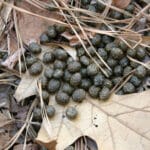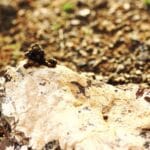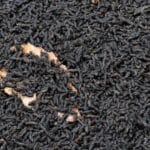Discovering tiny, dark pellets in your garden can spark curiosity—or even concern. Are they chipmunk droppings? This comprehensive guide will help you identify chipmunk excrement, differentiate it from other rodents, and assess potential infestations. We’ll explore the size, shape, and color of chipmunk poop, providing clear descriptions, high-quality images, and insightful interpretations. Prepare to become a chipmunk poop expert!
Deciphering the Secrets of Chipmunk Waste
Understanding chipmunk droppings offers a fascinating glimpse into the lives of these busy creatures and their environment. It’s not just about identification; it’s about interpreting the clues left behind.
Visual Identification: A Close Look at Chipmunk Excrement
What does chipmunk poop look like? Imagine small, dark brown or black pellets, typically 0.2 to 0.5 inches (5-13 mm) long. They’re usually oblong or almond-shaped, often with slightly pointed ends. The texture is firm, dry, and crumbly—they’ll break apart easily if handled. The color can vary; a reddish tinge might indicate a diet rich in berries, while a darker hue likely points to seeds and nuts.
High-quality images are invaluable for accurate identification. Comparing the droppings you’ve found to online images will greatly aid your identification.
Differentiating Chipmunk Droppings from Other Rodents [https://www.lolaapp.com/What is the difference between rat and chipmunk droppings?]
Distinguishing chipmunk droppings from those of other rodents, like mice and rats, is crucial for effective management. Size is a key factor: chipmunk droppings are significantly smaller than rat droppings and larger than mouse droppings. Shape also plays a role; chipmunks leave oblong, pointed pellets, while rats produce larger, cylindrical droppings with blunt ends. Mouse droppings are tiny, dark and rod-like.
A detailed comparison is presented in the following section [https://www.lolaapp.com/What is the difference between rat and chipmunk droppings?].
Decoding Chipmunk Droppings: Insights into Their Lives
Chipmunk droppings offer more than just waste disposal information; they can provide valuable insights.
Diet: The color and consistency of the droppings can reveal dietary habits. Darker droppings may suggest a diet high in seeds and nuts, while lighter-colored droppings could indicate a greater consumption of fruits or berries, although this is not a definitive guide.
Population Density: A large number of fresh droppings in a concentrated area strongly suggests a significant chipmunk population or a nearby nest. The frequency of fresh droppings is a much better indicator than the total number of droppings.
Habitat Use: Location of droppings can pinpoint areas of frequent chipmunk activity, travel routes, and potential burrow sites.
Health Concerns and Responsible Management
While the direct health risks associated with chipmunk droppings are generally lower compared to those of rats or mice, practicing good hygiene is essential. Always wash your hands thoroughly after handling any potential droppings. Prevention is key; maintaining a clean home and yard, and sealing any cracks or holes, will significantly reduce the likelihood of chipmunk encounters. If you have concerns about potential pathogens seek advice from a healthcare professional. There is ongoing research into the specific microbes present in the droppings of this species and various other rodents.
The Ongoing Research into Chipmunk Waste: Uncovering More Secrets!
The study of chipmunk droppings is an active area of scientific inquiry. Analyzing the microbial content of these droppings can reveal valuable information about the chipmunk’s diet and the overall health of its ecosystem. There is also research into the geographical variations that may exist due to differences in diet and habit based on the species and subspecies of chipmunks. Furthermore, ongoing research may refine our understanding and improve identification methods. The field is continually evolving, and future discoveries may provide even greater insights.
What does chipmunk waste look like? [https://www.lolaapp.com/Chipmunk Excrement: A Comprehensive Guide to Identification]
Let’s delve into the specifics of identifying chipmunk droppings. These tiny pellets offer valuable clues about these creatures and their environment.
Remember, size, shape, color, and location are all important factors in identification. The size is crucial in distinguishing them from other small rodents, as outlined in the following section [https://www.lolaapp.com/What is the difference between rat and chipmunk droppings?].
A Closer Look at Chipmunk Droppings: Size, Shape, and Color
Chipmunk droppings are small, typically measuring 0.2 to 0.5 inches (5-13 mm) in length. They’re generally oblong or almond-shaped, with slightly pointed ends. The color is usually dark brown to black, although variations can occur due to diet. Fresh droppings tend to be darker and slightly moist, while older droppings are drier and lighter.
Where to Find Chipmunk Droppings: Location as a Clue
The location of droppings provides important context. Chipmunks typically deposit their waste along well-trodden trails, near burrows, under decks or sheds, and in their feeding areas. A high concentration of droppings in a specific area might indicate a nesting site or a larger population.
High-quality images and further details regarding the distinctions between chipmunk, rat and mouse droppings can be found in the following section, [https://www.lolaapp.com/What is the difference between rat and chipmunk droppings?].
Safety Precautions When Handling Chipmunk Droppings
Although chipmunk droppings present a lower direct health risk than those of rats or mice, it’s always advisable to practice caution. Wear disposable gloves for handling and wash your hands thoroughly afterward. If health concerns arise after handling, consult a healthcare professional.
The Scientific Potential of Chipmunk Scat
The study of chipmunk scat extends beyond simple identification. Microscopic analysis can reveal detailed dietary information, including the specific plants and insects consumed. This level of detail provides a precise picture of the chipmunk’s role within the ecosystem. This kind of analysis can be further used to track changes in the environment over time.
What is the difference between rat and chipmunk droppings? [https://www.lolaapp.com/Chipmunk Excrement: A Comprehensive Guide to Identification]
Distinguishing between chipmunk and rat droppings is crucial for effective pest management and understanding the rodent species inhabiting a specific area. This section provides important details for accurate differentiation.
Size and Shape: Key Differentiators
Size is a primary distinguishing factor. Chipmunk droppings are significantly smaller (typically under ½ inch or 13mm), often described as small, dark brown cylinders, while rat droppings are much larger (up to 1 inch or 25mm). Additionally, chipmunk droppings have noticeably pointed ends, whereas rat droppings tend to have blunter ends. Roof rat droppings are particularly long and slender.
Color and Texture: Additional Clues
Both chipmunk and rat droppings are most commonly dark brown or black, but the color can vary slightly depending on the diet. Texture can be a helpful differentiator; chipmunk droppings tend to be harder and drier.
Location: Putting the Droppings in Context
The location of the droppings offers valuable clues. Chipmunks tend to deposit their droppings near their burrows or along established trails, whereas rats might scatter their droppings more randomly. Location should be considered in conjunction with other identification factors.
Mouse Droppings: Another Consideration
Mouse droppings are smaller than both chipmunk and rat droppings; they resemble tiny dark grains of rice.
Comparative Table of Rodent Droppings
| Feature | Chipmunk Droppings | Rat Droppings | Mouse Droppings |
|---|---|---|---|
| Size | Under ½ inch (about 13mm) | Up to 1 inch (about 25mm) | Under ¼ inch (about 6mm) |
| Shape | Long, skinny, slightly pointed ends | Variable, thicker, blunt ends | Tiny, dark, rice-like |
| Color | Dark brown to black | Dark brown to black | Dark brown to black |
| Texture | Hard, dry | Can be softer or more crumbly | Hard, dry |
| Location | Near burrows or trails | Scattered throughout, less organized | Similar to rats, often in nests |
Conclusion: Accurate Identification
Accurate identification relies on considering size, shape, color, texture, and location in conjunction. While diet can influence the color, the consistent size and shape differences remain the most reliable indicators. Further research is needed to fully detail the nuances of rodent droppings and how exactly they correlate to the diet and environment.
What kind of holes do chipmunks make? [https://www.lolaapp.com/Chipmunk Excrement: A Comprehensive Guide to Identification]
Chipmunks are skilled architects, creating intricate burrow systems that serve as homes and pantries. Understanding their burrow characteristics helps in identifying their presence and managing potential issues.
Chipmunk Burrow Structures: An Underground World
Chipmunk burrows aren’t just simple holes; they’re complex underground networks. Entrances are typically round, 2-3 inches in diameter, though they can become irregular over time. A small pile of excavated soil might be visible near a fresh entrance, but it’s far less substantial than the large mounds created by moles. Multiple entrances are common, likely acting as escape routes and ventilation shafts.
Optimal Burrow Locations: A Chipmunk’s Perspective
Chipmunks are selective in their burrow locations, choosing spots offering protection and convenient access to food and water. Common locations include:
- Under rocks and logs: these provide natural camouflage and insulation.
- Near tree roots: these offer structural support for the burrows.
- In grassy areas: these offer cover and access to vegetation.
- Near buildings: unfortunately, this can cause issues if the chipmunks enter the structures.
Distinguishing Chipmunk Burrows from Other Rodents
Differentiating chipmunk burrows from those of other digging animals requires careful observation. The following table highlights key differences:
| Feature | Chipmunk | Mole | Vole | Rat |
|---|---|---|---|---|
| Entrance Size | 2-3 inches | 1-2 inches | 1-1.5 inches | 2-4 inches or larger |
| Soil Mound | Small or none | Big, cone-shaped pile | Small or none | Varies, often big |
| Tunnel Pattern | Mostly straight, then branches out | A crazy maze of tunnels | Shallow tunnels near the surface | A crazy maze of tunnels |
| Surface Trails | Not very obvious | Rarely seen | Often visible | Often visible |
Chipmunk Burrows and Ecosystem Health: An Important Ecological Role
Chipmunk burrows play a significant role in the ecosystem. Their digging aerates the soil, enhances drainage, and improves nutrient circulation, contributing to overall soil health and plant growth. These burrows also provide habitat for various insects and other small creatures.
Seasonal Influences on Burrow Activity
Burrow construction and activity peak during warmer months and decrease or cease during winter hibernation.
- China II Review: Delicious Food & Speedy Service - April 17, 2025
- Understand Virginia’s Flag: History & Debate - April 17, 2025
- Explore Long Island’s Map: Unique Regions & Insights - April 17, 2025
















